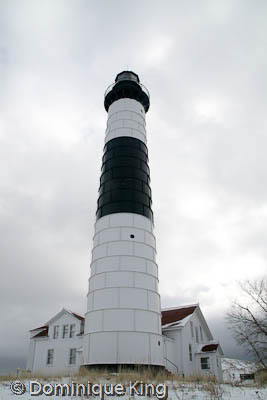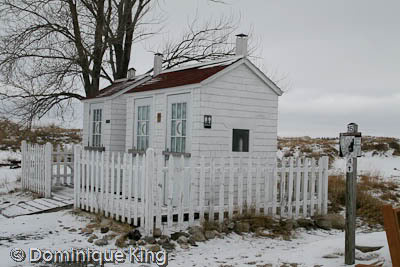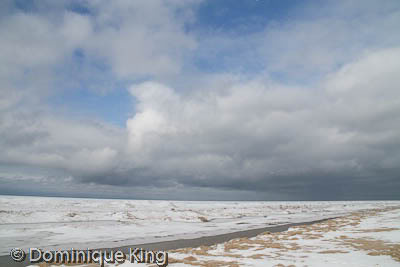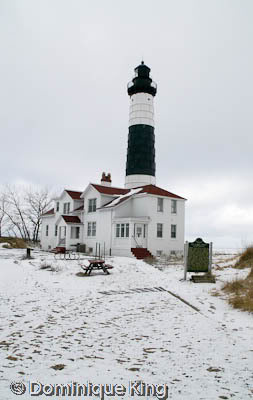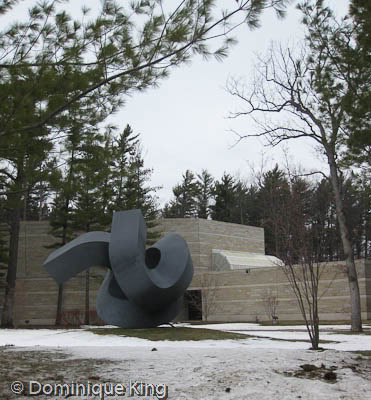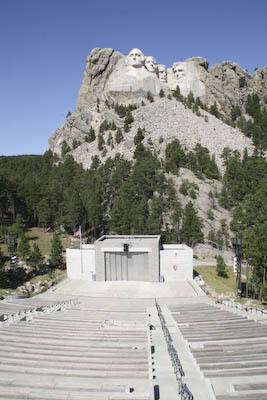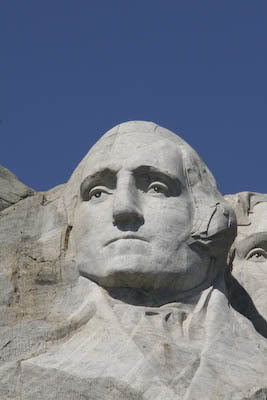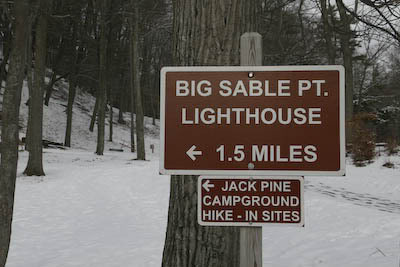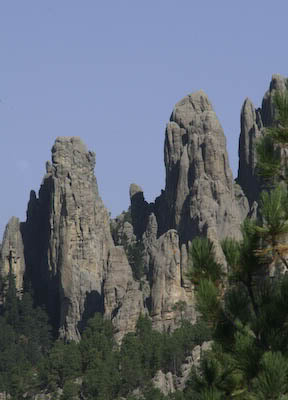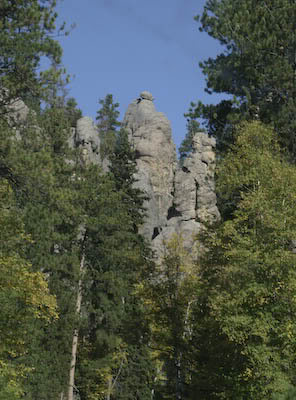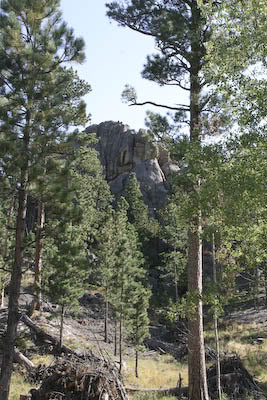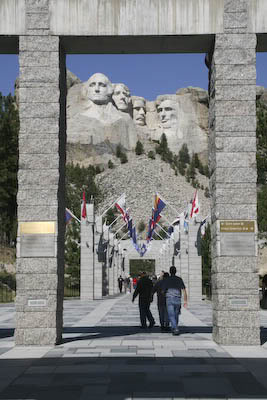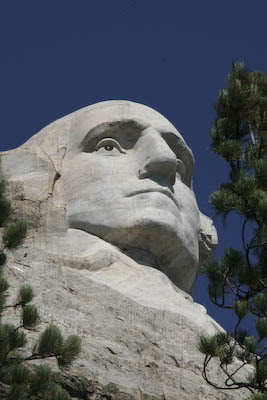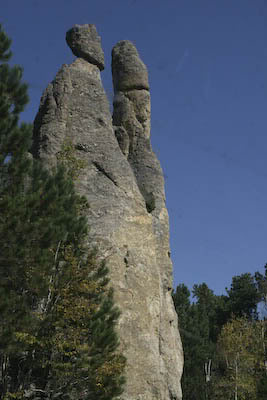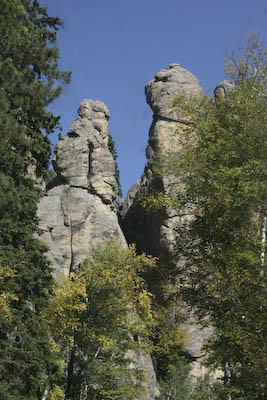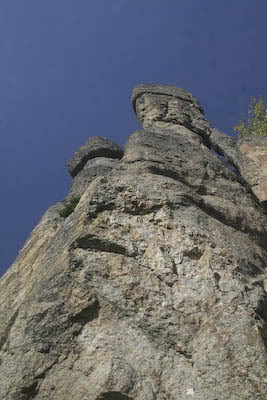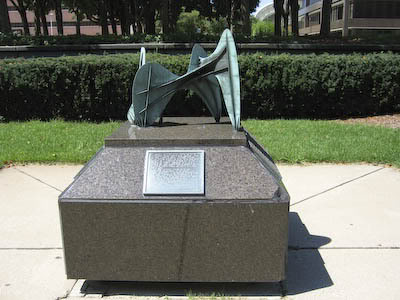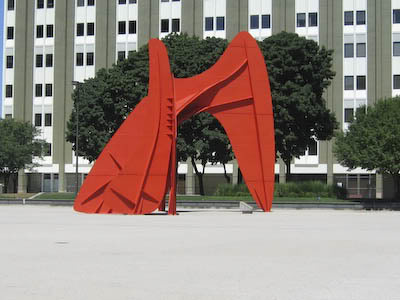Who killed the girl?
It was a question posed by the characters in “Murder in Harlem”, a 1935 mystery flick from pioneering African-American filmmaker Oscar Micheaux, which held my rapt attention one recent afternoon in a Detroit theater.
Watching a vintage movie in the recreated Paradise Theater is just one stop along a comprehensive journey through African and American history, struggle and accomplishments—a journey spanning time and space from prehistoric Africa through present-day America at Detroit’s Charles H. Wright Museum of African American History.
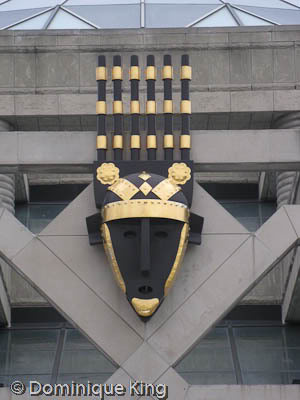
The idea for a museum celebrating African American experience and struggles first took root with Detroit’s Dr. Charles H. Wright when he visited a memorial to Danish World War II heroes in Denmark. He began thinking how a similar memorial and educational resource center could help African Americans preserve their history, life and culture while sharing their story with others.
Wright’s dream began as a small museum in 1965, with items like African masks and information about figures like inventor Elijah McCoy, growing through several moves and expansions into what is today the largest African American historical museum in the world.
At 120,000 square feet, the current museum in Detroit’s University Cultural Center near Wayne State University, houses galleries, a 317-seat theater, a research library and a museum store. A glass dome, which at 100 feet in diameter exceeds the diameter of Michigan’s State Capitol dome, and a terrazzo floor by Hubert Massey create an impressive reception area for visitors first entering the museum.
Small galleries host visiting and temporary exhibits spotlighting different aspects of art, history and culture. Past exhibitions include a collection of historical artifacts from the NBA’s Chris Webber that featured a first edition book from poet Phillis Wheatley and a showing of 126 exact replicas of treasures found in the Egyptian tomb of King Tutankhamen.
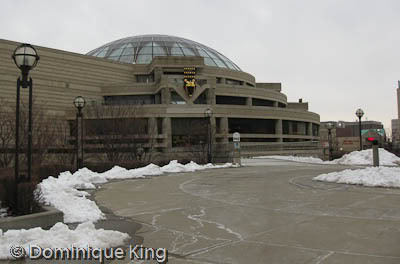
The museum’s core exhibit, And Still We Rise, is the permanent showcase encompassing 22,000 square feet and 20 galleries recreating many stops along the path through African and American history.
Visit an ancient African marketplace and hear vendors hawking their wares are you stroll past booths stocked with produce, textiles, baskets and other products of the day.
Walk through the Door of No Return where African captives left their homeland, bound for lives of grinding slavery if they managed to survive the frightening, claustrophobic and dangerous Middle Passage.
Hear Martin Luther King Jr. deliver the original version of his inspirational “I have a dream” speech at the Great March on Detroit.
And Still We Rise shows the sights and sounds of these places and events through a series of recreated vignettes that transport visitors back in time to experience history in a more intimate way.
Detroit figures prominently at the museum. My favorite area of the core exhibit took us through Detroit’s legendary Paradise Valley, a vibrant community where many of the city's 350 African-American-owned businesses flourished by the 1920s.
We stopped into the recreated 606 Horse Shoe club to check out the entertainment bill, visited a local record shop with racks of discs from Motown greats, and spent time watching movies in the Paradise Theater.
We didn’t get to see the end of “Murder in Harlem” as the hour was late and the museum’s closing time approached, so we didn’t find out who killed the girl. I suppose that gives us a good excuse to visit the museum again to see if we can catch the end of the flick at another showing, but there’s really no excuse not to visit this excellent museum if you’re in the Detroit area.
Check out these stories for more about Detroit’s rich musical heritage
Motown marks major milestone
Motown magic comes out of the shadows one summer night
Visit the National Underground Railroad Freedom Center in Cincinnati, Ohio
Are you waiting?
© Dominique King 2009
